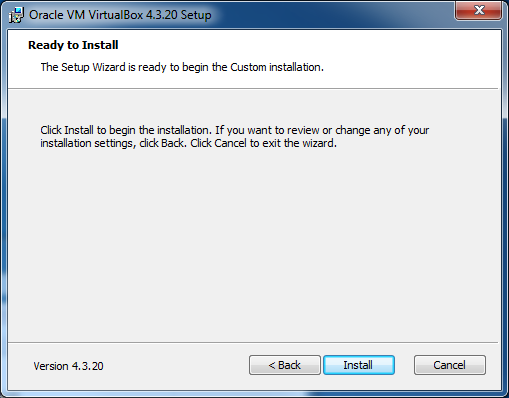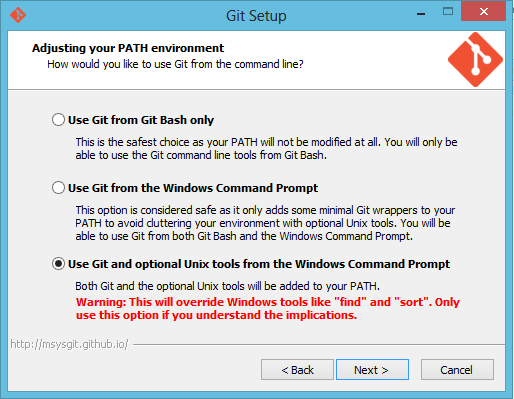

If everything’s been done correctly, you’ll find yourself in a shell on your new Vagrant box. From your Cygwin prompt, do this vagrant box add centos/7 -provider virtualbox

Now, I’m a CentOS fan, so we’ll be bringing up a CentOS box first. It should spit out that you’re running an up-to-date Vagrant.

This will remove the default VMware provider (if it’s installed), and put in a plugin that automatically updates VirtualBox Guest Additions (optional, but very useful) vagrant plugin uninstall vagrant-vmware-workstation

Next up, bring up your Cygwin prompt, and do this. This won’t be necessary in a newer version of Vagrant, but it is required in 1.8.5 for some boxes to work. Mv ~/.ssh/authorized_keys.tmp ~/.ssh/authorized_keys Grep -v -x -f '#' ~/.ssh/authorized_keys > ~/.ssh/authorized_keys.tmp At line 57, make the code look like the bit that’s highlighted here if test -f ~/.ssh/authorized_keys then Go to /cygdrive/c/HashiCorp/Vagrant/embedded/gems/gems/vagrant-1.8.5/plugins/guests/linux/cap in Cygwin, and edit public_key.rb. Now we’re going to have to manually patch a file in the Vagrant source. Next, go and install Vagrant, and use the default settings. Also get the extensions while you’re at it. I personally prefer VMware Workstation, but VirtualBox works better for this. On the starting screen of the installation wizard, click Next to continue.So, you want to try out Vagrant, and you’re using Windows with Cygwin? Have I got something for you! Preparing the Environmentįirstly, get Oracle VirtualBox installed. It automatically installs the right version for your system.Ģ. This file is compatible with both the 32-bit and 64-bit versions of Windows 10. To install Ansible on Windows using Cygwin, follow these steps:ġ. You must manually add Ansible during the installation process. Method 1: Using CygwinĬygwin is a POSIX-compatible environment that lets you run tools and code designed for Unix-like operating systems on Microsoft Windows.Įven though the default Cygwin installation contains hundreds of tools for Unix-based systems, Ansible is not one of them. We shall explain all three methods of installing Ansible on Windows. There are three ways to run Ansible on Windows 10:


 0 kommentar(er)
0 kommentar(er)
